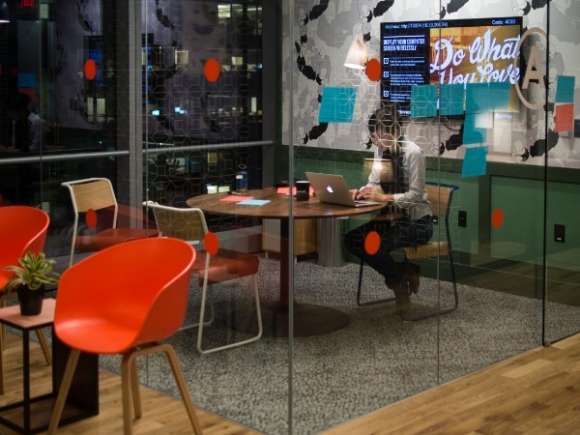How We Work

I have been in WeWork spaces in New York City and Washington, D.C. because I knew people who were using these coworking spaces. I didn't have any conversations about education there. It was all about work.
But the WeWork people have been having conversations about education. They acquired Flatiron School (a coding bootcamp) and MissionU, which was a one-year college alternative. They formed a partnership with 2U, which is an online program management company.
MissionU has been shut down by WeWork, and they plan to start a network of K-12 schools called WeGrow. I imagine that all these parts will be used together. For example, 2U students can use WeWork’s office space as study spaces.
This is not traditional schooling and Michael Horn, writing in Forbes, thinks that it points to the future of online learning in higher education.
He says that the future is "in bricks, not just clicks." He means that he views traditional colleges as going through a hybrid phase. In this current phase, they are using online learning to sustain their current business model. Students don't save money or time. But they could.
One way Horn thinks online learning might be able to improve would be to give it a physical component. Yes, this is a blended-learning option. Well, that is hardly a new idea. Proponents of blended (or hybrid) learning have always promoted the format's ability to allow online students to connect with other students in-person to create community and a learning network. Where it is that "we learn" is changing, as are our ideas about what a learning space looks like. That space looks less like a "classroom" every year.
Comments
No comments